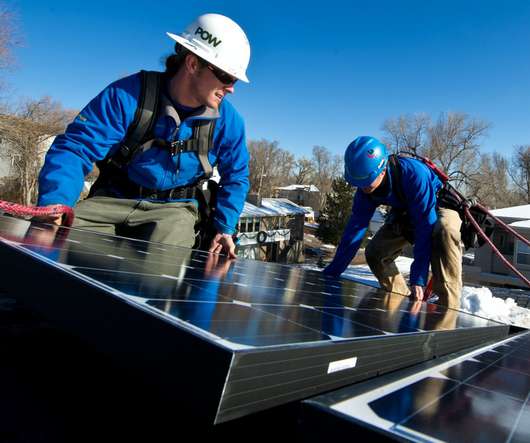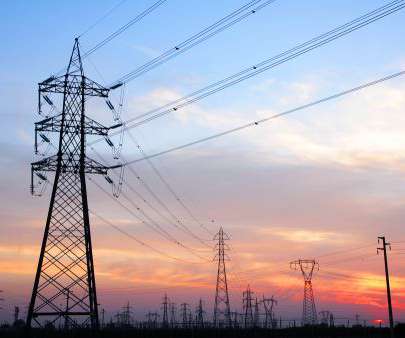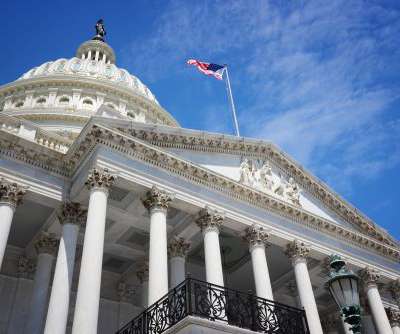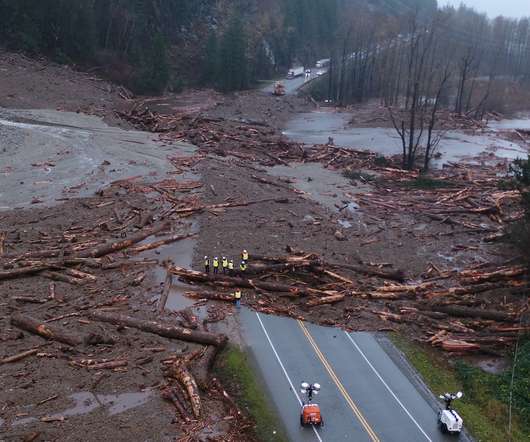Biden’s proposed increase in solar power would remake the US electricity system
Renewable Energy World
SEPTEMBER 13, 2021
The rest would come mostly from a mix of other low- or zero-carbon sources, including wind, nuclear, hydropower, biopower, geothermal and combustion turbines run on zero-carbon synthetic fuels such as hydrogen. One advantage solar power has over many other low-carbon technologies is that most of the U.S. power grid.














Let's personalize your content